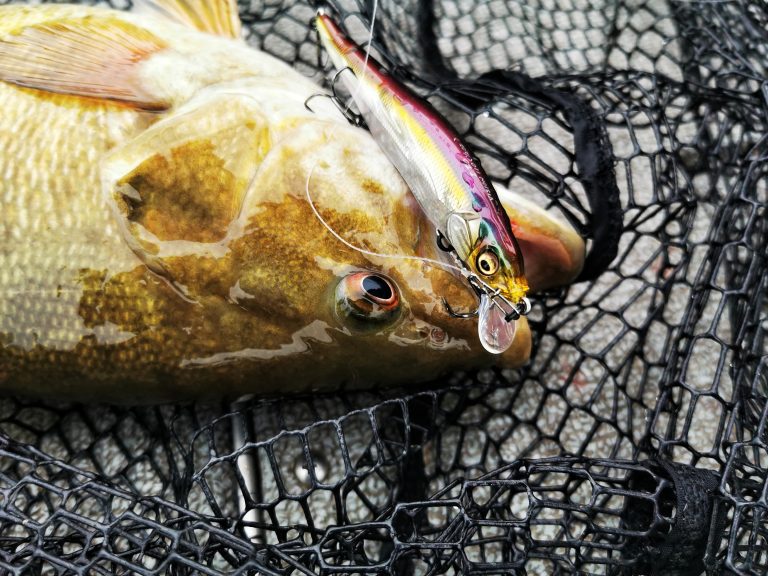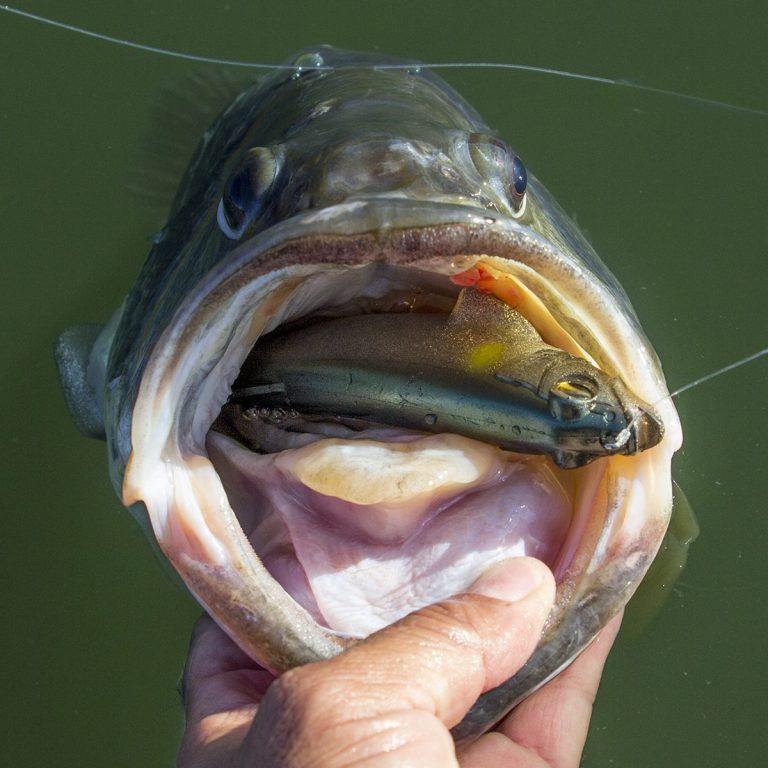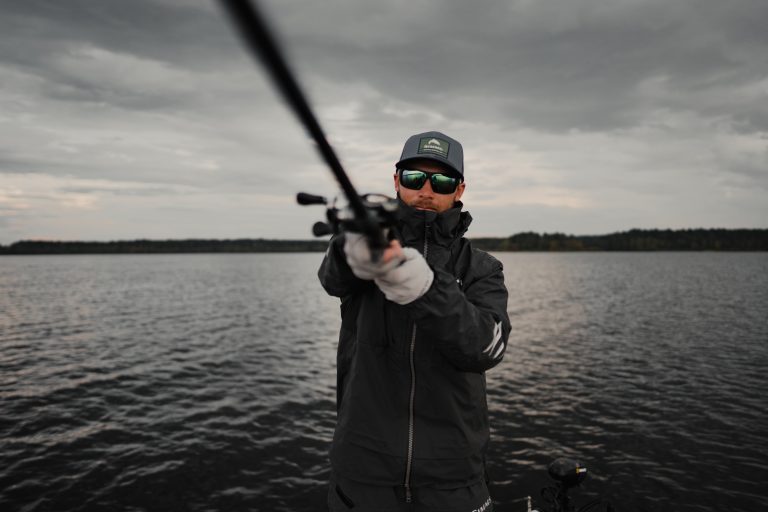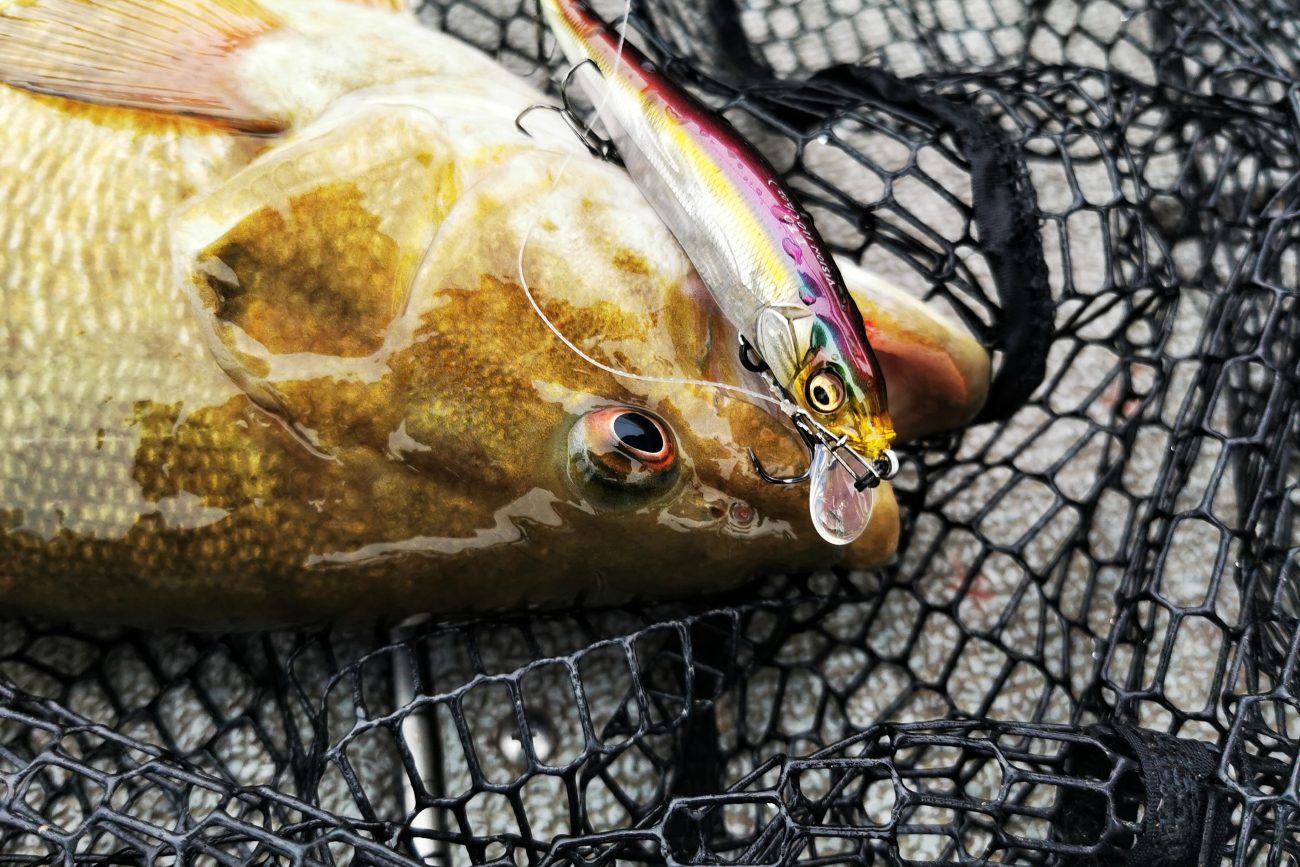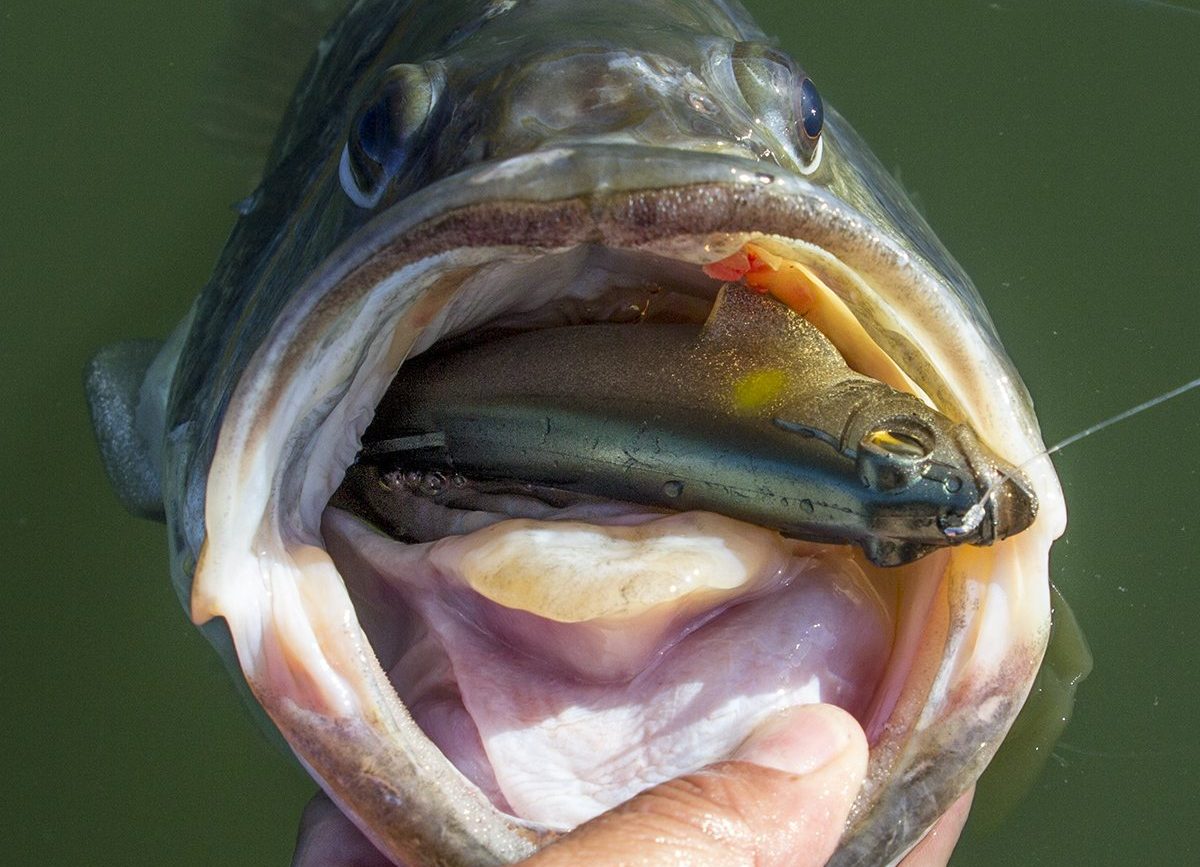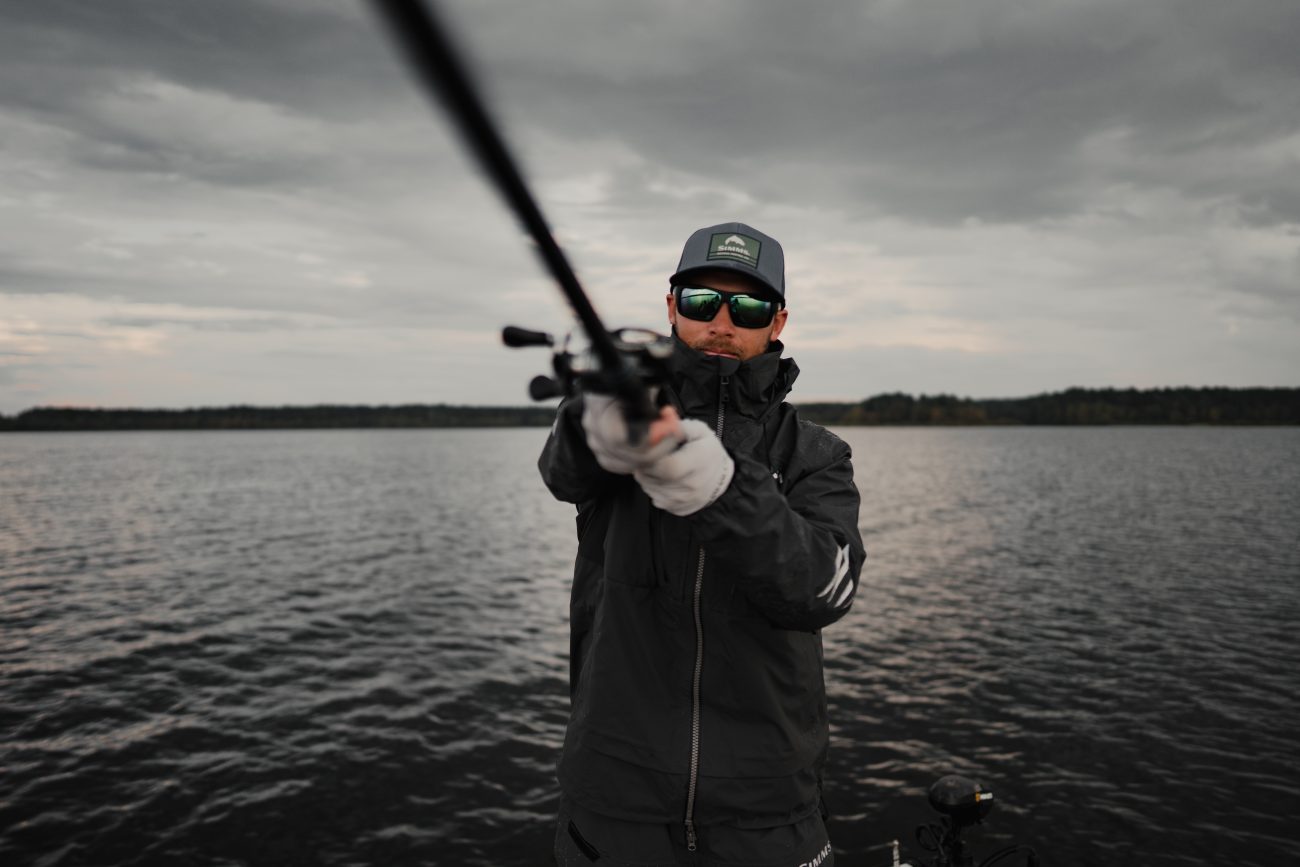There’s no better tool for covering water in the early season than a square bill crankbait, but sometimes in cold springtime water the four-wheel-drive approach of a traditional fat bodied plug can be overkill. When a hard charging, wide wobbling bait that hunts and deflects proves to be a little too much, Elite Series pros Chris Zaldain and Luke Clausen turn to a tighter wobbling version of the same thing.
“That tight wobble just seems to work better in colder water, when fish are starting to move up,” said Zaldain. “I call it my ‘temperature probe.” He’ll look for the warmest water that he can find to utilize it. “Typically that means a little more stained, with more sediment, or maybe rocks or northern banks. I also like to crank tire reefs around marinas because bass love to spawn in marinas and all of that black rubber holds a lot of heat.
Why not use another bait that covers lots of water in that situation, like a spinnerbait, vibrating jig, or swimbait?
Clausen believe that the reason that the crankbait works so well is that it deflects off of cover in a way that the others do not. While balsa crankbaits are known for their ability to bounce off of stumps and dock posts, and “hunt” on a straight retrieve, he believes that sometimes wood baits provide too much of a good thing. “You don’t necessarily want it to be so violent,” he advised. “You have to figure out how much deflection you want.” One mistake that he sees many anglers make it to stop cranking when they hit the cover. “You’ll get hung up less if you keep it moving. You need to build that load into the rod. It’s a mistake to slow it down.” While he’s used it along grass edges, and occasionally even ripping it free from grass stalks, he said that they’re at their best around hard cover.
He said that anglers should generally retrieve these lures at a constant pace, slightly slower in the 40s, and a little faster in the 50s, but they should also pay attention to water temperature variations during the day. Even though it’s in the 40s in both the morning and the afternoon, a bump of four degrees as the day goes on may spur the fish to get more active. He’ll also speed up his retrieve in clearer water to avoid the bass getting a good look at his artificial bait. While both pros generally fish flat-sided baits like the Megabass Knuckle LD straight out of the package, Clausen noted that in very clear water, under slick calm conditions, he likes to get the lure a little bit deeper and one way to accomplish that goal is to replace the factory trebles with 2X versions.
As the fish move up, Zaldain will target his cranking on flats in the backs of major creek arms, looking to “bump the crankbait off as many stumps as possible.” He prefers a circuit board lip like those found on old school homemade lures for this presentation, and demands that his lures run true straight out of the package. “If I want something that ‘hunts,’ I’ll go with the S-Crank,” he said. “The Knuckle LD has a very consistent dive angle and a tight wobble.”
Once the spawn passes, both pros urge anglers to keep these flat sided gems at the ready. Smallmouths will absolutely annihilate them on a blazing fast retrieve, and unlike some of the treasured old hand-carved lures the Knuckle LD runs true at any speed. While targeting early season, clear water largemouths the two pros prefer natural colors like PM Fire Dust Tennessee and Wagin Oikawa, in stained water or when chasing hyper-aggressive smallmouths they like gaudier paint jobs including Chartreuse Dust, Mat Tiger, Sunshine Blue Back Chartreuse and Violet Viper. It pays to experiment and modify accordingly, especially when cranking for heavily pressured fish.
One area where the two pros disagree is on rod choice. Clausen, who usually cranks the Knuckle LD on 10 pound test Gamma Edge Fluorocarbon, or even 8 pound when he wants it to get a little bit deeper, usually starts with the Megabass Orochi XX Flat Side Special, a 7-foot, medium action stick made expressly for this category of lures. He likes the fact that the lure still maintains its wobble on 12 to 15 pound Gamma Polyflex Copolymer, which is his line of choice for heavy cover largemouths, and the same rod handles that full range of lines exquisitely. The only time that he deviates from that rod choice is when he’s burning the bait for kamikaze smallmouths. Then he’ll turn to the Orochi XX Jerkbait Special, a 6’8” medium-heavy rod which has “some more load to it. It forgives a little more,” he explained.
Zaldain, who most often cranks the Knuckle LD on 15 pound Seaguar InvizX fluorocarbon, is a strong advocate of a fiberglass or fiberglass-like rod, and in recent years he’s become strongly attached to the Megabass Destroyer Tomahawk GTA, a 7-foot glass rod.
“You want it to be delayed,” he said, “You don’t want that graphite feel, so you can deflect the bait off of hard cover. Otherwise you’ll want to hook set on every piece of cover. With this rod, you just wait until it loads up.”

